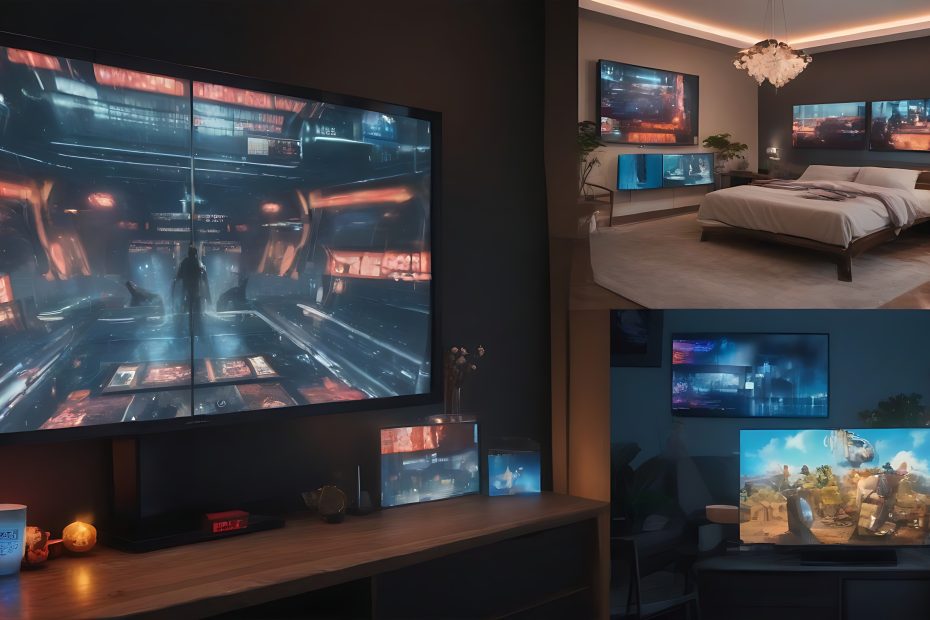Choosing the perfect LED screen requires thoughtful consideration of various factors to ensure that it aligns seamlessly with your specific requirements. Whether you’re aiming to enhance your home entertainment system, create an immersive gaming experience, facilitate business presentations, or deploy a digital display in a commercial setting, this comprehensive guide will walk you through the essential considerations. Additionally, we’ll identify key points where incorporating images can enhance understanding.
1. Define Your Purpose:
Before delving into the myriad options available, take a moment to clearly define the primary purpose of the LED screen. Understanding how you intend to use the display will act as a compass, guiding you toward features and specifications that align with your unique needs. For instance, an LED screen optimized for gaming might prioritize a high refresh rate and low input lag.
2. Screen Size:
The size of your LED screen is crucial and should be determined by both the intended use and the available physical space. Consider larger screens for home theaters or gaming setups, where immersive visuals are paramount. On the other hand, smaller screens may be more suitable for office spaces or bedrooms where space is limited.
3. Resolution:
Resolution directly impacts the clarity and sharpness of the displayed content. Opt for higher resolutions such as Full HD (1080p) or 4K for larger screens, ensuring that you enjoy a crisp and detailed image. This becomes especially relevant when considering the increased prevalence of 4K content.
4. Refresh Rate:
For those invested in gaming or planning to use the screen for fast-paced content, the refresh rate is a critical factor. A higher refresh rate, such as 120Hz or 144Hz, ensures smoother motion, reduces motion blur, and provides a more responsive gaming experience.
5. Connectivity:
Examine the available ports and connectivity options on the LED screen. Ensure that it has the necessary ports for your devices, such as HDMI, DisplayPort, USB, and audio jacks. This step is pivotal to guarantee seamless integration with your existing setup.
6. Smart Features:
Modern LED screens often come equipped with smart features, including built-in streaming apps, voice control, and compatibility with virtual assistants. Evaluate these features based on your preferences and the level of convenience you desire for your daily interactions with the display.
7. Brightness and Contrast Ratio:
Consider the brightness and contrast ratio of the LED screen to ensure optimal viewing in different lighting conditions. A higher brightness is beneficial for well-lit rooms, while a good contrast ratio enhances image depth and overall visual quality.
8. Panel Technology:
Different panel technologies, such as IPS, TN, or OLED, offer distinct advantages in terms of color accuracy, response times, and viewing angles. Choose the panel technology that aligns with your priorities, whether it’s vibrant colors, fast response times, or wide viewing angles.
9. Budget:
Establishing a budget range before you start shopping is a prudent step. LED screens are available in various price ranges, and determining your budget will help narrow down your options without compromising on essential features.
10. Read Reviews:
Prior to making a final decision, invest time in reading user reviews and expert opinions on the LED screens you’re considering. Real-world experiences provide valuable insights into performance, durability, and overall user satisfaction.
By carefully considering these factors and incorporating visual aids where appropriate, you can confidently choose the LED screen that perfectly aligns with your specific needs, providing a gratifying and immersive viewing experience.
